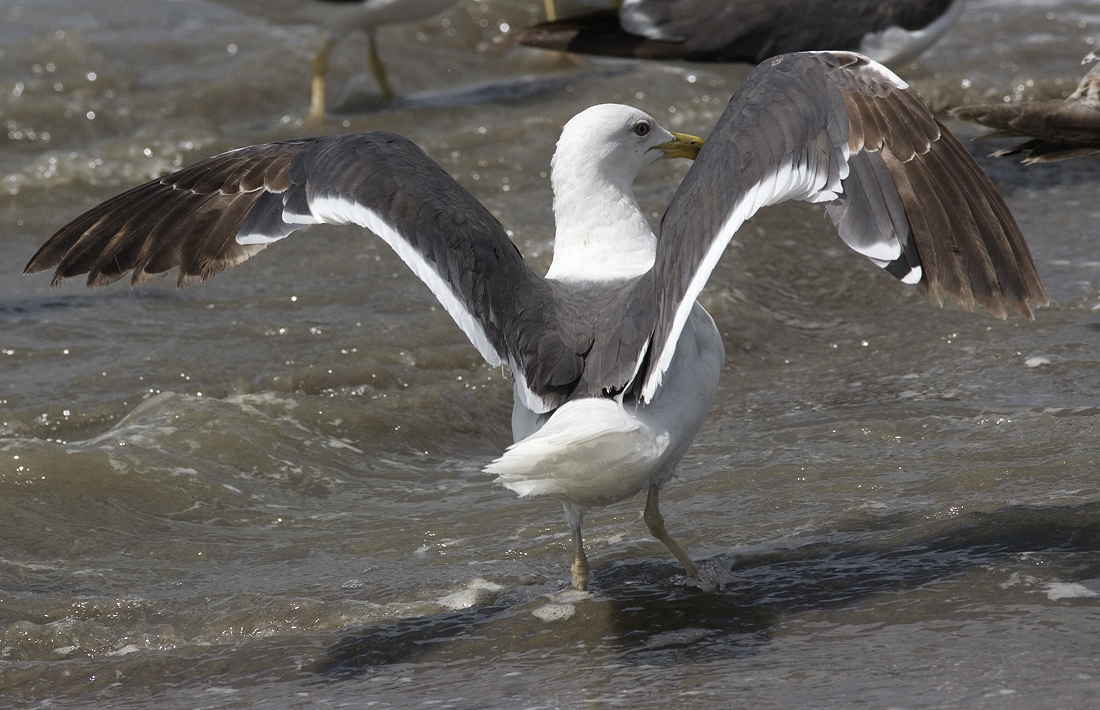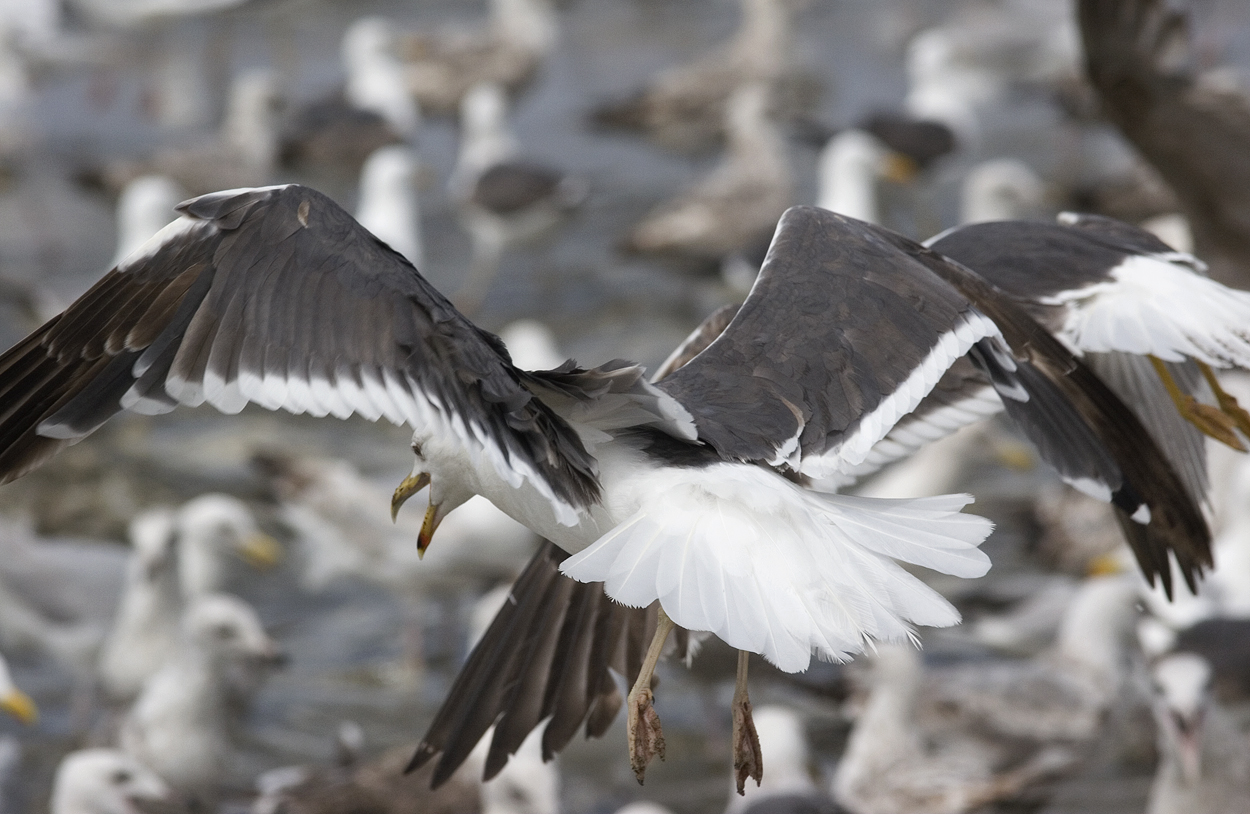 Lesser Black-backed Gull (graellsii & intermedius)
Lesser Black-backed Gull (graellsii & intermedius)
(last update:
lbbg 1cy May
lbbg 1cy June
lbbg 1cy July
lbbg 1cy August
lbbg 1cy September
lbbg 1cy October
lbbg 1cy November
lbbg 1cy December
lbbg 2cy January
lbbg 2cy February
lbbg 2cy Mar-April
lbbg 2cy May
lbbg 2cy June
lbbg 2cy July
lbbg 2cy August
lbbg 2cy September
lbbg 2cy October
lbbg 2cy Nov - Dec
lbbg 3cy Jan-April
lbbg 3cy May
lbbg 3cy June
lbbg 3cy July
lbbg 3cy August
lbbg 3cy September
lbbg 3cy October
lbbg 3cy Nov - Dec
lbbg sub-ad Jan-April
lbbg sub-ad May
lbbg sub-ad June
lbbg sub-ad July
lbbg sub-ad Aug
lbbg sub-ad Sept
lbbg sub-ad Oct
lbbg sub-ad Nov
lbbg sub-ad Dec
lbbg adult January
lbbg adult February
lbbg adult March
lbbg adult April
lbbg adult May
lbbg adult June
lbbg adult July
lbbg adult August
lbbg adult September
lbbg adult October
lbbg adult Nov - Dec
Lesser Black-backed Gull sub-adult, June 24 2013, Noordwijk, the Netherlands.
Probably unringed 3CY (but very advanced, which leaves the option open "4CY", but P5 pattern in left wing strongly suggests 3CY) LBBG which is very advanced in moult and shows a complete white tail, all secondaries already replaced and odd moult in primaries. "Staffelmauser", which has been described for nominate fuscus seems to apply to a small portion of western birds as well: a double moult wave in the primaries. One wave started at P1, the other at P4. In the right wing P1 replaced, P2-P3 growing, P4-P5 replaced, than moult arrested so P6-P10 old. In left wing almost identical moult pattern: P1 replaced P2 growing, P3 missing, P4 replaced/growing and P5-P10 old.
Interestingly, this bird is rather pale grey in upperparts, closer to graellsii than it is to intermedius.



